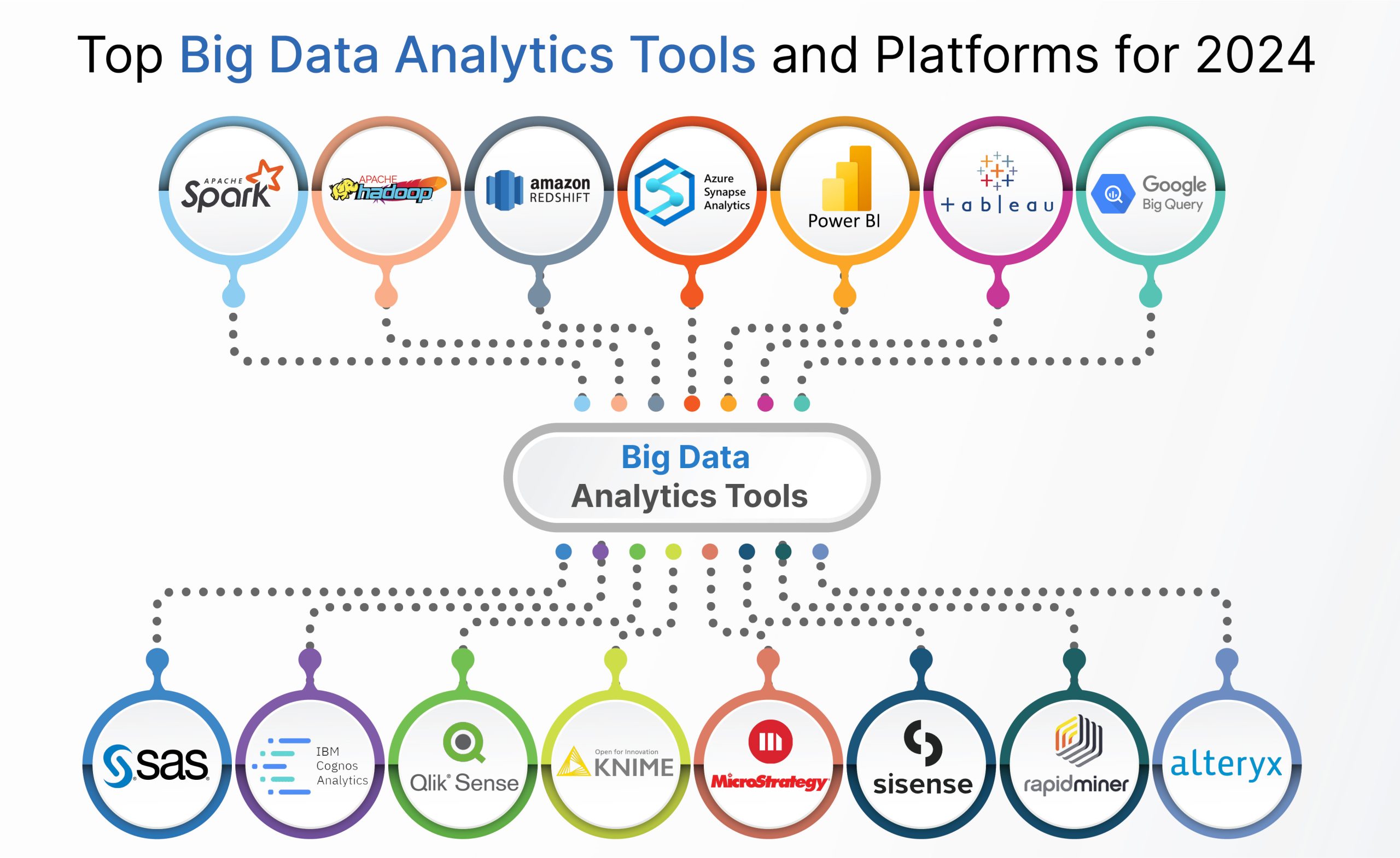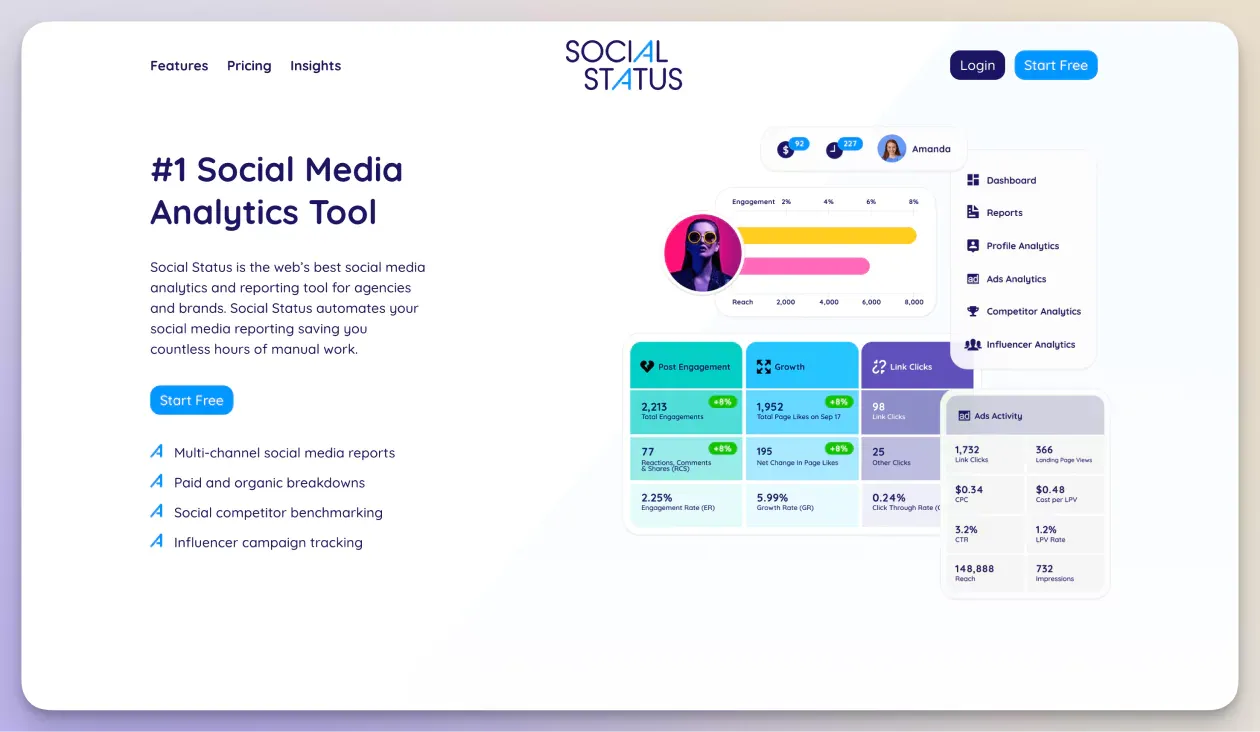Harness the Power of Big Information with Cutting-edge Analytics Solutions
Harness the Power of Big Information with Cutting-edge Analytics Solutions
Blog Article
Increase Efficiency and Productivity With Data Analytics
In today's data-driven landscape, services are increasingly recognizing the pivotal function of information analytics in boosting operational effectiveness and earnings. By methodically examining data, companies can discover essential insights that notify critical decisions, simplify processes, and tailor consumer experiences.
Comprehending Information Analytics
In today's data-driven landscape, recognizing data analytics is essential for companies intending to boost functional effectiveness and drive success. Data analytics involves the systematic computational evaluation of information sets to reveal patterns, correlations, and insights that inform decision-making. By utilizing numerous methods, such as analytical evaluation, maker understanding, and anticipating modeling, companies can change raw data into workable knowledge.
The procedure usually begins with data collection, where pertinent info is collected from multiple sources, including transactional data sources, consumer interactions, and market patterns. This data is then cleaned up and organized to ensure accuracy and consistency. When the information is prepared, analytical devices and software are utilized to envision the details and explore, enabling stakeholders to identify patterns and abnormalities.
Eventually, recognizing information analytics equips companies to make enlightened decisions based upon empirical evidence as opposed to instinct. It promotes targeted techniques that can enhance resource appropriation, improve client contentment, and boost overall performance. As organizations significantly recognize the worth of data-driven insights, a solid grip of information analytics becomes a critical proficiency for groups and leaders alike, positioning them for sustained success in a competitive environment.

Key Benefits for Organizations
Organizations that utilize data analytics can unlock a wide variety of benefits that significantly boost their procedures and profitability. One of the key benefits is enhanced decision-making. Data analytics provides workable insights originated from real-time data, enabling businesses to make educated options that straighten with market demands and customer choices.

Additionally, information analytics cultivates enhanced consumer experiences. By comprehending client actions and preferences, organizations can tailor their offerings, bring about enhanced fulfillment and commitment. This tailored strategy often leads to greater conversion rates and repeat organization.
Furthermore, information analytics allows companies to identify arising possibilities and trends. By staying ahead of the contour, companies can capitalize on brand-new markets and advancements prior to their competitors.
Implementing Data-Driven Methods
Effective implementation of data-driven techniques calls for a detailed understanding of both available information and business objectives resources. Organizations has to first specify their goals clearly, making certain placement in between information initiatives and calculated goals. This clarity makes it possible for groups to concentrate on relevant metrics and insights that drive decision-making.
Next, businesses need to evaluate their existing information framework. This includes evaluating information quality, ease of access, and assimilation capabilities. Top quality data is crucial click to read more for accurate analysis, as bad data can cause misguided techniques and lost resources. Organizations has to develop procedures for data collection, cleansing, and monitoring to keep data honesty.
Furthermore, promoting a data-driven society is important. Employees at all degrees ought to be motivated to utilize information in their daily procedures. Educating programs and workshops can improve data literacy, equipping team to make informed decisions based on analytical understandings.
Tools and Technologies Review
A robust suite of devices and innovations is important for organizations aiming to harness the complete capacity of information analytics. These devices promote the collection, handling, and visualization of data, allowing organizations to acquire actionable insights.
At the foundational degree, data management platforms such as SQL data sources and NoSQL systems offer reliable data storage and retrieval abilities. For information handling and analysis, programs languages like Python and click to read R, along with structures such as Apache Spark, enable complicated calculations and artificial intelligence applications.
Visualization tools, consisting of Tableau and Power BI, transform raw data into instinctive graphical layouts, making understandings easily accessible to stakeholders at all levels. Additionally, cloud-based platforms like Google Cloud and AWS supply scalable storage space and handling remedies, fitting the expanding quantities of data companies experience.
For innovative analytics, anticipating modeling and AI-driven services are increasingly adopted, permitting firms to forecast fads and improve decision-making processes. Incorporating these tools into existing process is extremely important; companies that effectively take advantage of this innovation can considerably improve operational effectiveness and drive profitability. Therefore, spending in the right devices and innovations is a critical essential for any kind of data-driven organization.
Situation Research Studies of Success
Leveraging information analytics has actually led many organizations to attain remarkable renovations in performance and success. One noteworthy situation is a huge retail chain that implemented predictive analytics to enhance stock monitoring. By assessing historic sales information and consumer trends, the company decreased excess supply by 30%, resulting in substantial cost financial savings and boosted capital.
One more example can be located in the production industry, where a leading automotive supplier made use of information analytics to improve its production processes. By keeping track of maker efficiency in real-time, the organization determined inadequacies and traffic jams, causing a 20% rise in overall devices efficiency (OEE) This not just increased manufacturing rates yet additionally lessened downtime and upkeep expenses.

These study show exactly how information analytics can drive critical decision-making, maximize processes, and eventually boost both efficiency and success across numerous industries.
Verdict
To conclude, the integration of information analytics into service procedures provides substantial chances for enhancing efficiency and productivity. By systematically analyzing information, companies can recognize inefficiencies, enhance consumer experiences, and make educated choices. The adoption of anticipating modeling and real-time monitoring better allows companies to stay in advance of arising trends and allocate sources effectively. Inevitably, the critical application of data-driven methodologies fosters sustained affordable benefits and drives considerable enhancements in functional efficiency and monetary end results.
In today's data-driven landscape, comprehending data analytics is important for organizations aiming to improve operational efficiency and drive profitability. Data analytics includes the organized computational analysis of data sets to discover patterns, correlations, and insights that inform decision-making. Information analytics supplies actionable insights obtained from real-time data, allowing businesses to make educated choices that straighten with market needs and consumer preferences.
Premium information is crucial for precise evaluation, as bad data can lead to illinformed approaches and squandered resources. Organizations should develop processes for data collection, cleaning, and monitoring to preserve data stability.
Report this page